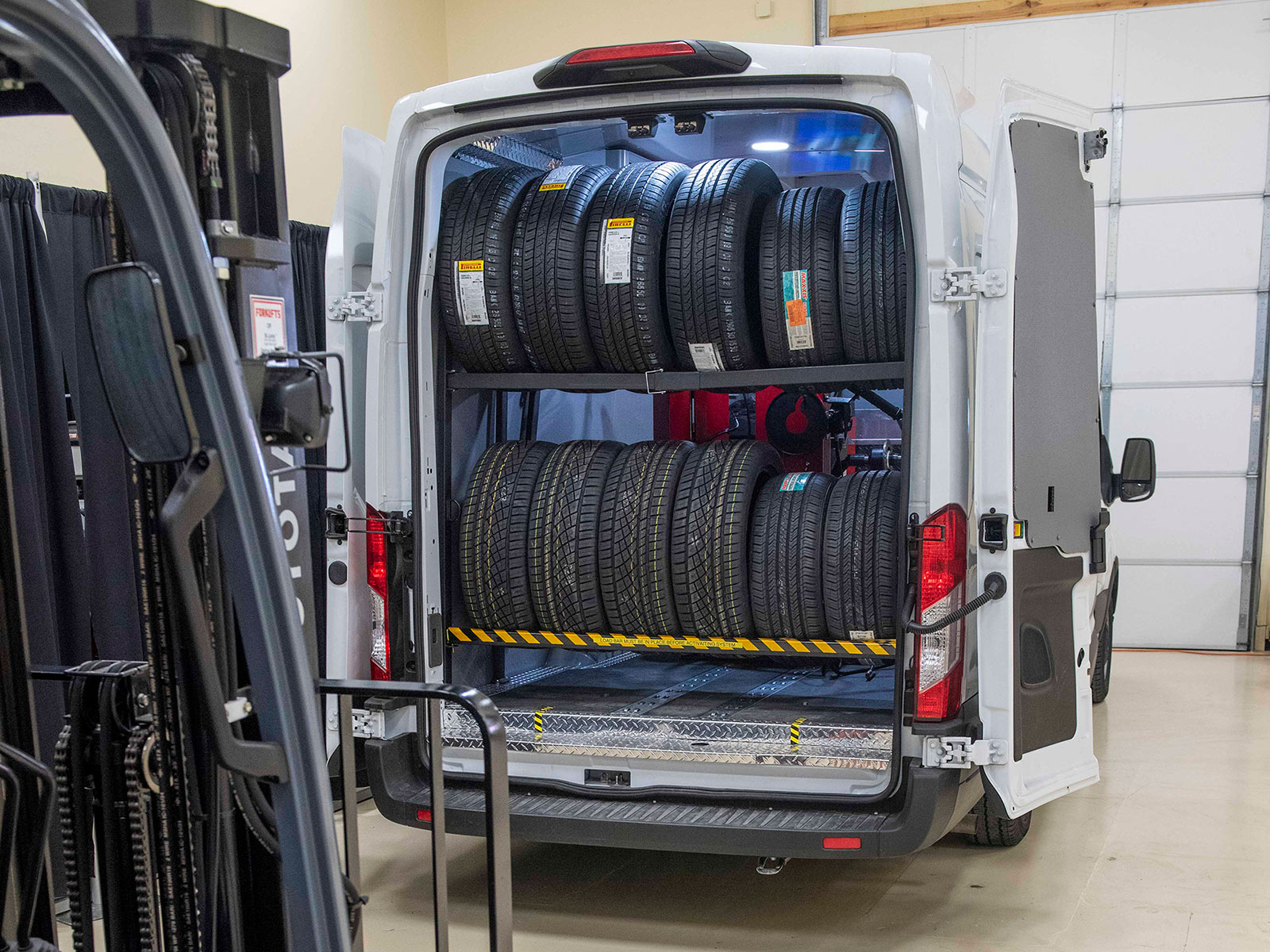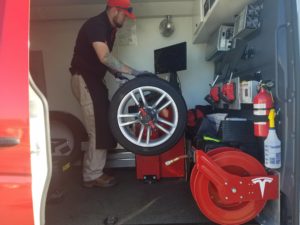Tire Solution: Proven Methods for Optimum Tire Maintenance and Care
Maintaining optimal tire problem is critical for both safety and efficiency of any type of automobile. From making certain appropriate tire stress to routine turning and placement, there are tested techniques that can significantly extend the life-span of your tires and improve total driving experience. As we check out the details of tire care and upkeep, we will certainly discover important standards that every vehicle owner must follow for the very best feasible results. Allow's explore the world of tire solution and uncover the secrets to maintaining your tires in top-notch shape for the long run.
Importance of Tire Pressure
Appropriate tire stress promotes much better gas efficiency, as under-inflated tires can lead to boosted rolling resistance, creating the engine to work tougher and consume more gas. Proper tire pressure guarantees also tread wear, enhancing tire durability and conserving cash in the lengthy run by delaying the requirement for early substitutes. Routinely adjusting and checking tire pressure, particularly in the past lengthy trips, is a simple yet effective method to improve lorry efficiency, expand tire lifespan, and prioritize safety on the road.
Tire Rotation Guidelines
When thinking about tire turning standards, it is necessary to understand the importance of this maintenance task in maximizing tire lifespan and maintaining optimal vehicle performance. Tire turning entails transforming the placement of each tire on a lorry to ensure also step wear. Front tires often tend to put on extra swiftly than back tires because of steering forces, making regular rotation crucial for well balanced wear patterns. The advised turning pattern varies depending upon whether a car is front-wheel, rear-wheel, all-wheel, or four-wheel drive. Generally, tires should be revolved every 5,000 to 7,500 miles, or as suggested in the automobile handbook. Overlooking tire rotation can lead to irregular wear, impacting handling, traction, and possibly compromising automobile security. By adhering to correct turning guidelines, drivers can expand the life of their tires, enhance fuel performance, and boost general driving experience. Regular turning is a basic yet efficient maintenance method that contributes considerably to tire longevity and automobile performance.

Benefits of Wheel Alignment
Making sure appropriate wheel positioning after tire rotation is important for preserving balanced wear patterns and taking full advantage of car performance. Additionally, correct wheel alignment aids to expand the life expectancy of your tires. Misaligned wheels can trigger uneven tire wear, leading to premature tire substitute and raised upkeep costs.

Tire Tread Deepness Examine
Carrying out a routine examination of tire tread deepness is crucial for maintaining risk-free driving problems and prolonging the lifespan of your tires. The walk on your tires plays an essential function in giving traction, specifically in damp or slippery problems. To inspect your tire step depth, you can utilize a walk deepness gauge or the dime examination. The suggested step deepness is at least 2/32 of an inch. If the walk deepness is below this threshold, it is time to change your tires to ensure ideal efficiency and safety and security on the road. Unequal walk wear can suggest concerns with tire pressure, placement, or suspension, highlighting the relevance of routine step deepness checks. Ignoring to keep track of and preserve correct walk depth can lead important link to minimized grasp, longer braking distances, and an enhanced danger of hydroplaning. By incorporating tire tread deepness look into your routine maintenance timetable, you can drive with self-confidence knowing that your tires remain in leading condition.
Seasonal Tire Inspection
Seasonal tire assessment is an essential element of tire maintenance that makes sure tires are all set to encounter the obstacles postured by various climate problems. In prep work for wintertime, it is necessary to inspect the tire pressure routinely as cold temperatures can create tire pressure to go down. By carrying out routine seasonal tire assessments, vehicle drivers can prolong tire life-span, improve gas performance, and most importantly, guarantee a safe driving experience in differing weather problems.
Conclusion
Finally, keeping appropriate tire pressure, revolving tires Related Site routinely, lining up wheels appropriately, checking step deepness, and performing seasonal evaluations are necessary methods for optimum tire care. By complying with these confirmed techniques, motorists can ensure their tires last longer, carry out better, and contribute to overall vehicle security. It is essential to prioritize tire upkeep to avoid mishaps, enhance fuel performance, and prolong the life expectancy of tires.
Appropriate tire pressure promotes better gas efficiency, as under-inflated tires can lead to enhanced rolling resistance, creating the engine to work more challenging and consume even more fuel.When considering tire turning standards, it is crucial to understand the relevance of this upkeep job in maximizing tire life expectancy and preserving optimal vehicle efficiency. Seasonal tire evaluation is a basic facet of tire maintenance that ensures tires are all set to deal with the obstacles positioned by various climate problems. By performing routine seasonal tire inspections, chauffeurs can lengthen tire lifespan, enhance fuel effectiveness, and most notably, make certain a secure driving experience in varying climate conditions.
In final thought, maintaining appropriate read review tire stress, revolving tires on a regular basis, lining up wheels properly, monitoring walk depth, and conducting seasonal assessments are crucial methods for ideal tire treatment.